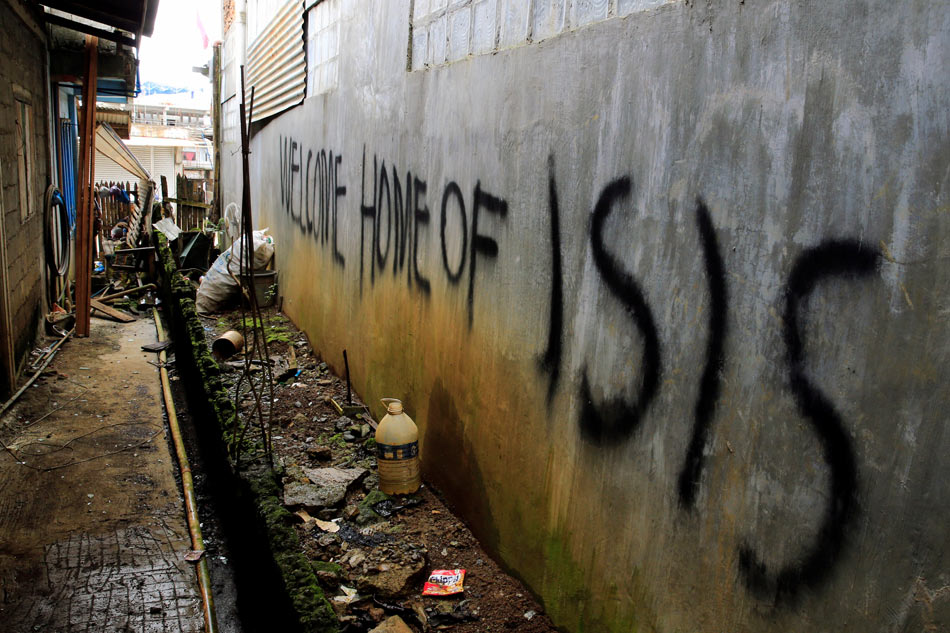Despite being a country plagued by insurgencies – both ethnic and sectarian – for several decades, the crisis in Marawi City still shocked the nation.
The threat was no longer a domestic, homegrown terrorist group wreaking havoc but rather an infamous international force that has done damage to different nations all over the world.
How did the Islamic State (ISIS) establish a presence in the Philippines, thousands of miles away from Syria or Iraq? Even more intriguing, why choose the Philippines?

It should be noted that as early as 2014, local terrorist group Abu Sayyaf already pledged allegiance to the Islamic State – thus giving the notorious global insurgents a foothold in the archipelago.
The leader of the Abu Sayyaf, Isnilon Hapilon, was proclaimed the emir of the planned Philippine caliphate and was reported to be receiving funding, training and reinforcements from the main caliphate headed by Abu Bakr al-Baghdadi in Syria.
Those events coincided with reports that the Islamic State were looking to establish a satellite caliphate in the South East Asian region, with Philippines and Indonesia as prime destinations. In that same year, The Daily Mail published a video of an alleged ISIS training camp in the southern Philippines.
All that time, the administration of Benigno Aquino III denied reports that the Islamic State were operating in his country. He downplayed the local faction to be merely coat-tailing on the notoriety of global group.
There lies the first reason for why the Philippines was chosen to host the satellite caliphate, government complacency. Had security measures been undertaken to suppress the growing insurgency, the Marawi crisis might have been avoided altogether.

An open secret in Mindanao politics is that state institutions are weak, there are areas where the Philippine military do not even have full control over. That gap is instead fulfilled by powerful, warlord-like clans who command vast private armies and treat the local economy as their personal bank account.
One such family are the Mautes, the namesake of the belligerent group fighting the military. It is believed that two sons are leading militants in battle, while both the patriarch and the matriarch of the clan have been arrested for rebellion.
A professor of Islamic Studies from the University of the Philippines and an expert on Mindanaoan power relations explained that tensions have been brewing in Lanao del Sur for a while now. The root of these tensions are a power struggle between the Mautes and a rival faction, those two groups engage in violent clan wars periodically.
Prof. Darwin Abisari theorized that the Mautes could have sought the Islamic State for help in suppressing their rivals, in exchange for their help to takeover Marawi – the capital city of Lanao del Sur.
This gives the second reason for choosing the Philippines: there are weak state institutions that allow lawlessness to thrive. How warlords reign supreme over entire cities, with the firepower to challenge even the military, could only occur in conditions where the state is feeble.
Let the Marawi crisis be a wake-up call, not just for President Duterte but for succeeding Presidents to treat the lawlessness in Mindanao serious – before an even worse crisis unfolds.


One thought on “Why did ISIS choose the Philippines?”
Comments are closed.